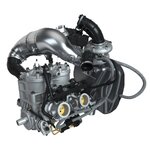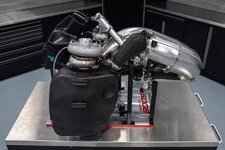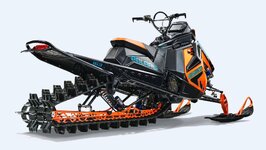Looking to have a discussion on the reed valve in the airbox , its seams this is incorporated in Polaris new 850 Boost. Is this the key to improved bottom end?
1. The reed valve is only open under vacuum and closes up under boost?
2. Bottom end sees more air when under vacuum , better filling the cylinder, better response etc.
3. This means you are pulling in hot under hood air in these cases?
Anyone have any before and after experience of adding a reed? is it a noticable differance? and the key to better bottom end.
1. The reed valve is only open under vacuum and closes up under boost?
2. Bottom end sees more air when under vacuum , better filling the cylinder, better response etc.
3. This means you are pulling in hot under hood air in these cases?
Anyone have any before and after experience of adding a reed? is it a noticable differance? and the key to better bottom end.






